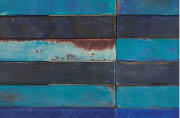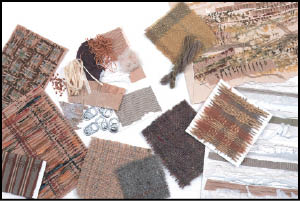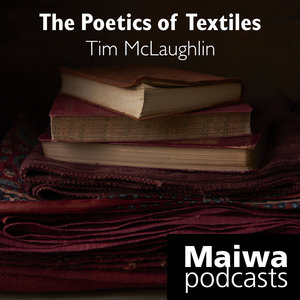Shaped Resist with Natural Dye Extracts
Joan Morris
October 26-30 (Fri-Tue) 10am–4pm
Maiwa East, 1310 Odlum Drive, Vancouver, Canada
Natural dye extracts are a versatile and sustainable way of dyeing and are convenient and safe to use. They produce a wide range of deep and subtle colours and work brilliantly with shibori.
The focus of this class is on creating wonderful, subtle colour using only natural dyes. By stitching, pleating, wrapping, binding, and then dyeing, exquisite patterns emerge. The patterns are the fabric’s memory of the shaping process.
Students will begin by preparing shibori with cottons and linens. These will be immersed in a natural indigo vat. Indigo has a rich and mysterious history—for thousands of years it has been an inspiration to artisans all over the world. Two indigo preparations will be taught: a cold synthetic vat and a natural vat used at higher temperatures.
Several different dye extracts (all inter-mixable) will be used to dye silk, wool, cotton, linen, and hemp. These include: madder, an extract from the madder root used for red, peach, and rust shades; osage, fustic, and cutch, extracts derived from hardwoods, which give yellows, ochres, and browns; and cochineal, an insect-based extract which produces fantastic magentas, pinks, and reds. The mordanting process will also be covered. Using only alum as our mordant, the class will shift colour with iron sulfate and vinegar. Students will learn safe ways of handling dyes and mordants.
This is a rare opportunity to work directly with textile artist Joan Morris. The instructor’s extensive collection of shaped-resist dyed textiles from around the world will be on hand as a resource.




































